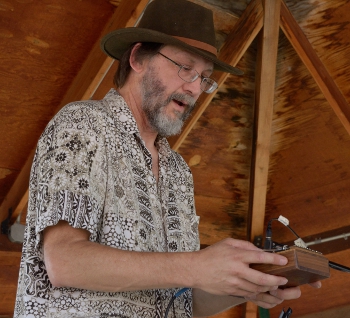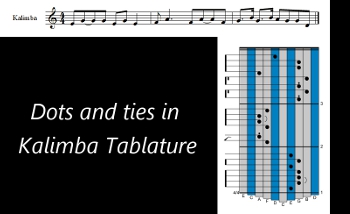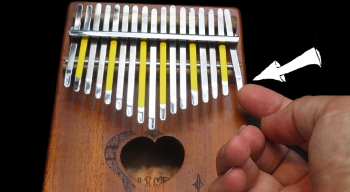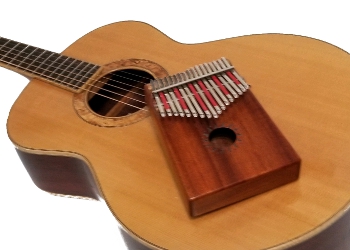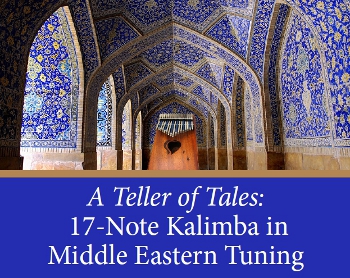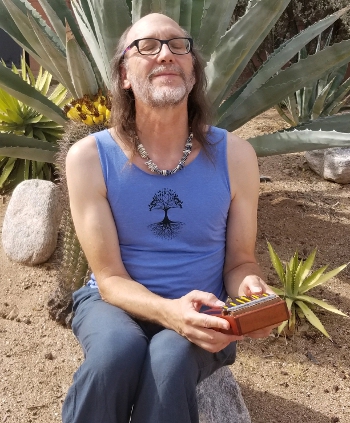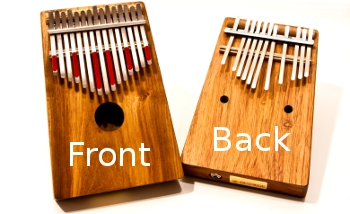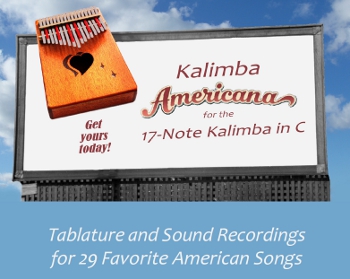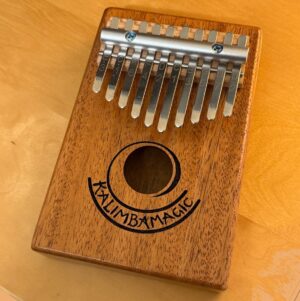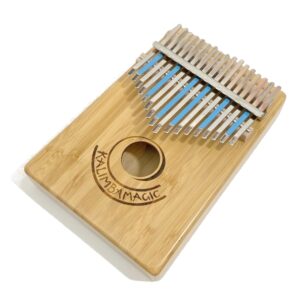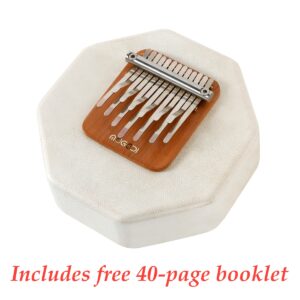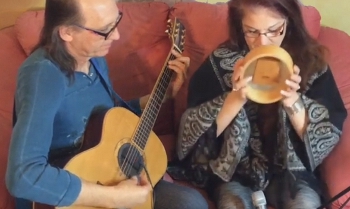
Playing Guitar with the Sansula
Exploring Chords for Accompanying the Sansula in Standard Tuning Get yourself a sansula today A main part of the philosophy of western musical instruments is to provide as many sonic possibilities as possible – hence the piano keyboard, with seven octaves of fully chromatic notes. A main part of the philosophy of the kalimba is that it has exactly the notes it needs to create a particular scale or a particular song. Every note on a kalimba is important and useful. A particular kalimba’s scale, or tuning, will span a particular “music space” which contains the musical possibilities of that scale. And there are “way many” music spaces and there
